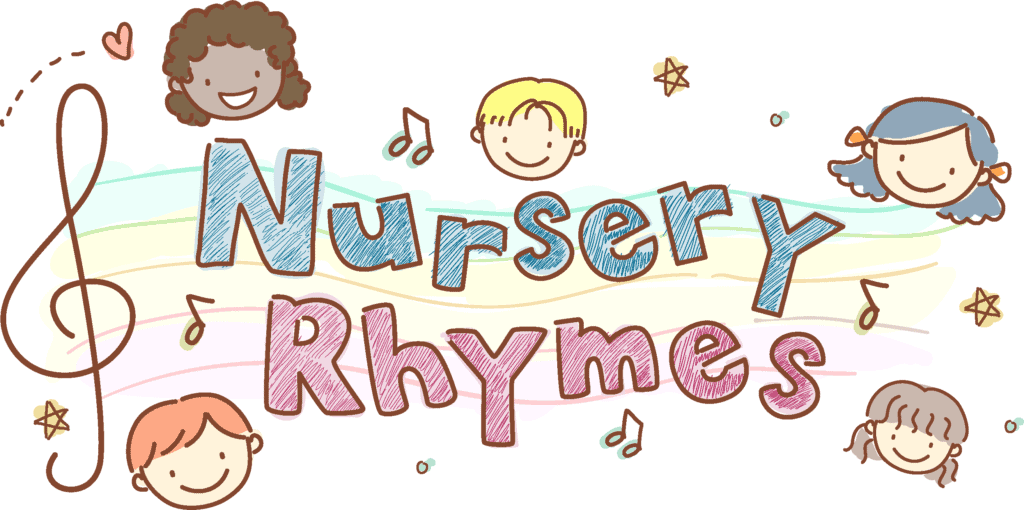
Taking language lessons in a foreign language like Chinese is a wonderful experience at any age, but young children stand to gain the most from this difficult but ultimately rewarding opportunity. Children are born with the capacity to comprehend a foreign language without thinking about it or practicing it. They instinctively see a language as a chance to have a look around, investigate, and have some fun with their friends. While learning their mother tongue, kids have the inherent ability to learn a foreign language by mimicking sounds and absorbing structures and norms in the same way they learn their own language. This is why translating your country’s local nursery rhymes into Chinese is vital in learning the language.
For young language learners, there are a plethora of language choices to choose from. Every language is a unique art form through which we may express ourselves. The desire of many parents want their children to learn certain European languages, such as English or Spanish, is understandable; after all, these languages are spoken all over the world and may improve a child’s future chances when they reach adulthood.
Another great chance to assist youngsters in gaining cognitive and linguistic advantages is via the study of Chinese. However, it is not just because of its worldwide importance that Chinese is a desirable language to study. In addition, Chinese is a tonal language with an abundance of characters that appear like images, making it an excellent development aid for children with visual and auditory perception difficulties.
In addition, psychologists believe that children are more likely than adults to acquire Chinese more quickly and easily because they have a superior capacity to pick up on subtle differences in tone and sound. Because of this, it is simpler for children to understand Chinese pronunciation and learn the language with a natural accent.
-1024x683.jpg)
The ability to think outside the box
Learning Chinese for toddlers is a fantastic method to promote cognitive development and engage the development of both hemispheres of the brain. The consequence is that young learners acquire competence in both logical and creative reasoning.
The ability to move one’s body.
When writing in a European language, we shift the hand from left to right as we type. Putting a character on paper in Chinese requires youngsters to move their hands around and above the page, which helps them develop motor skills and spatial awareness.
Problem-solving abilities
When it comes to those who have never studied the language, Chinese characters are nothing more than a collection of seemingly random lines. Learning to distinguish between sound and meaning particles of different characters in Chinese helps children improve their problem-solving skills, which is beneficial in other subjects as well.
To start with, Chinese is a tonal language in its own right, and singing local nursery rhymes that have been translated to Chinese with preschoolers is a fun approach to help youngsters expand their vocabulary in a fun and interesting way.
Coloring pages for children
To ensure that children continue to get exposure to the language while broadening their horizons, several preschools offer children illustrations of Chinese culture and singing nursery rhymes in Chinese while coloring in key characters from the rhyme can also enhance learning.
-1024x683.jpg)
Textbooks and videotapes
Children may get familiar with sounds and writing via the use of books and movies.
Children acquire a fundamental grasp of the language from an early age. The more exposure children have to a language throughout their youth, the more equipped they will be to utilize it in their daily lives as they get older. Children who learn Chinese spontaneously, as opposed to adults who must learn the language via deliberate effort, are more likely to have better pronunciation and a more in-depth knowledge of the language and culture. Nursery rhymes are popular throughout the world the children will already be familiar with the melodies making language learning that much easier.
Growth and Development on a Physical Level
By translating your local countries nursery rhymes to Chinese, it is possible that children with active minds and fidgety bodies may enjoy the opportunity to “act out” favorite poetry. Getting children to participate physically in action nursery rhyme songs enables them to develop their motor control skills in both the fine and gross motor domains as well as their balance, coordination, and the ability to follow simple instructions.

Numeracy
A child’s familiarity with number sounds and vocabulary may be enhanced via the use of counting songs (for example, “Five Currant Buns”) in a way that is both pleasant and interesting to them, according to research. Music from the story of When Golden Bear Visited the Bears and songs like “When Golden Bear Visited the Bears” introduce youngsters to concepts such as scale, size, and order. When children are acquainted with counting songs in the Chinese language, they are better prepared to learn and understand key numeracy skills and awareness.
Developing a better understanding of the world
As a result, many nursery rhymes are extremely relevant to children’s own daily experiences. Translating nursery rhymes from their own language into Chinese will enable them to experience their own worlds in the Chinese culture as well.
Creativity
Whether they are singing a rhyme or engaging in physical interaction with it, children are encouraged to express themselves creatively and to find their own distinct “voice.” This will help them build up their own confidence in Chinese as they already feel content with the tone of the rhyme already. Children may enjoy singing or reciting nursery rhymes at various times throughout the day. They are short and concise, making it easy to include them into one’s daily routine, expanding their confidence in practicing Chinese. When you recite nursery rhymes to your children in Chinese, it encourages them to talk about the characters and events inside the songs themselves, which expands their Chinese vocabulary.
The introduction of contemporary technology has resulted in children and teenagers being exposed to a greater variety of music than they had previously experienced, including pop songs, theme tunes, and commercial jingles. On the other hand, young children can learn and remember a large number of songs and melodies, which provides plenty of room and opportunity for the teaching and performance of traditional nursery rhymes from their local language to Chinese.
Was this article useful to you?
0 / 5. 0
很抱歉,这篇文章对您没有用!
让我们改善这篇文章!
告诉我们我们如何改善这篇文章?









